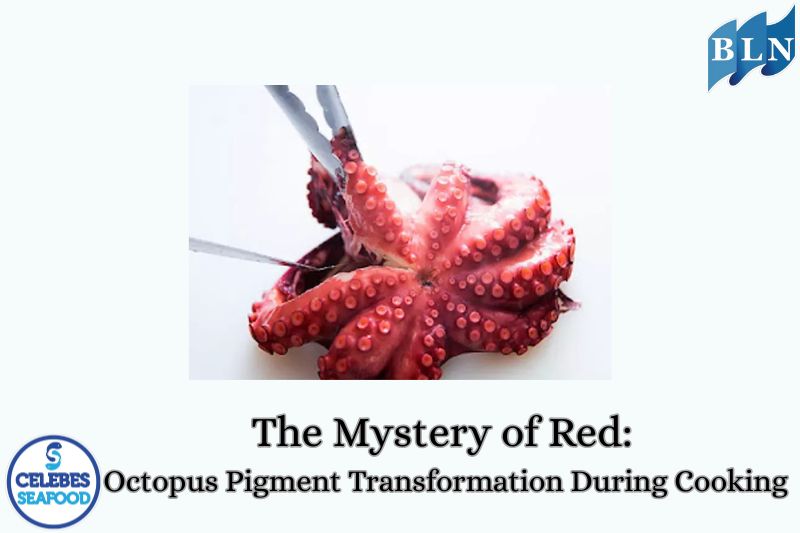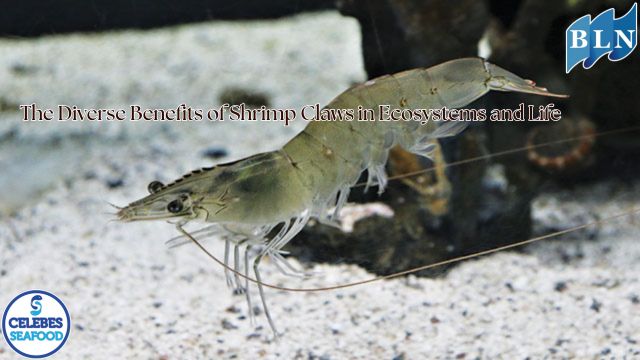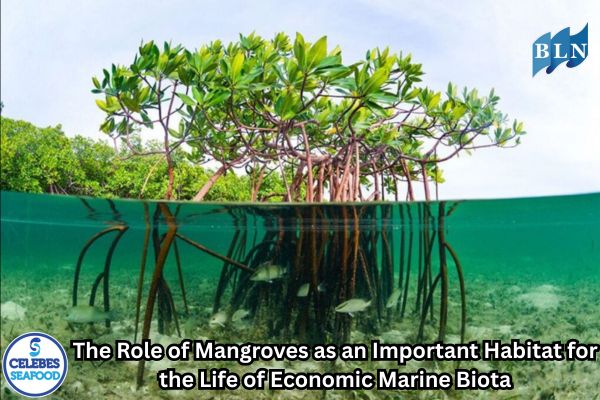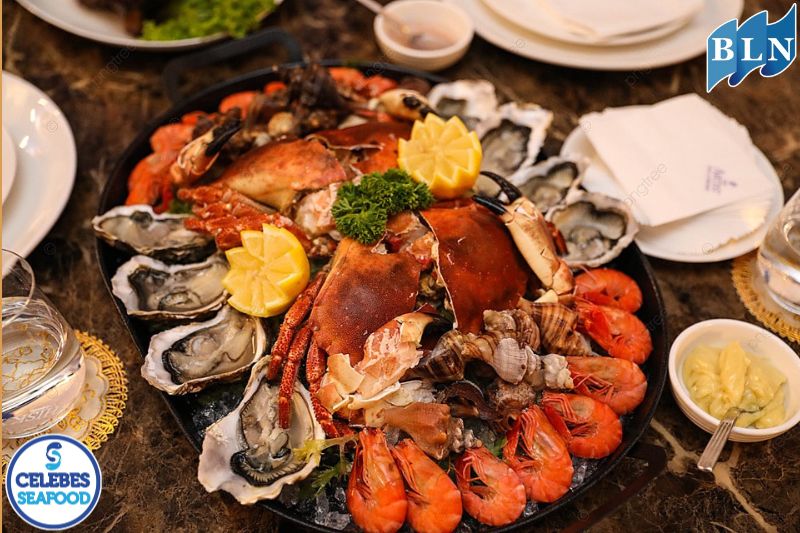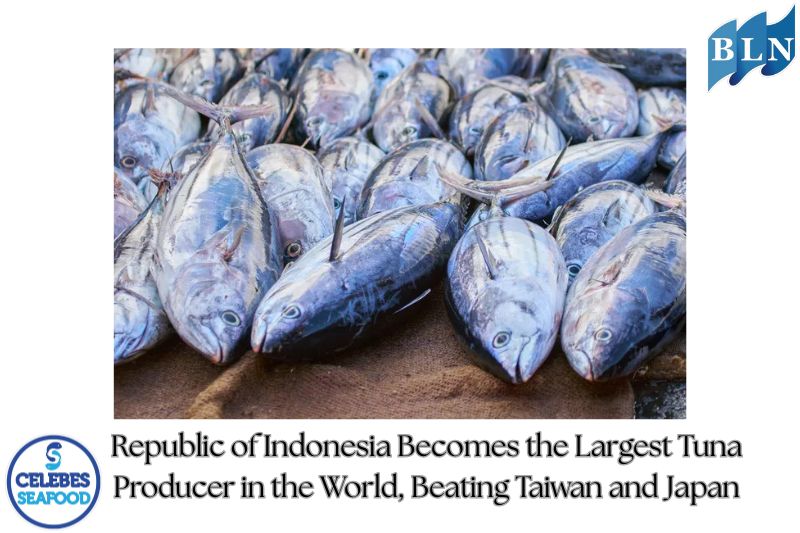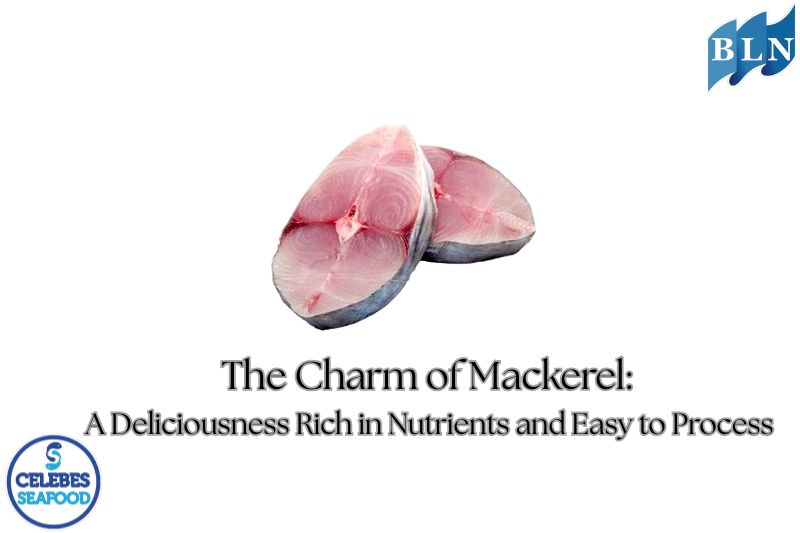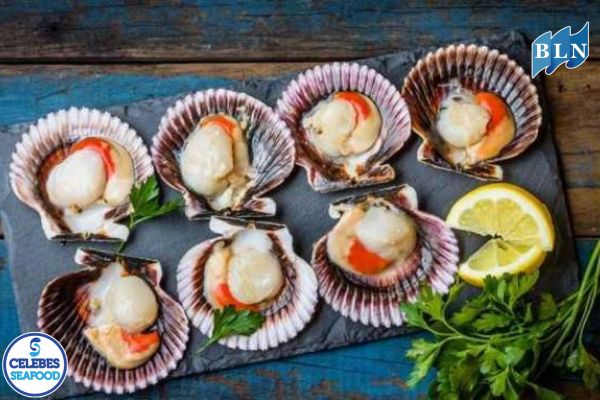The Difference Between Coral Reefs and Coral Rocks
By. Rani - 02 May 2025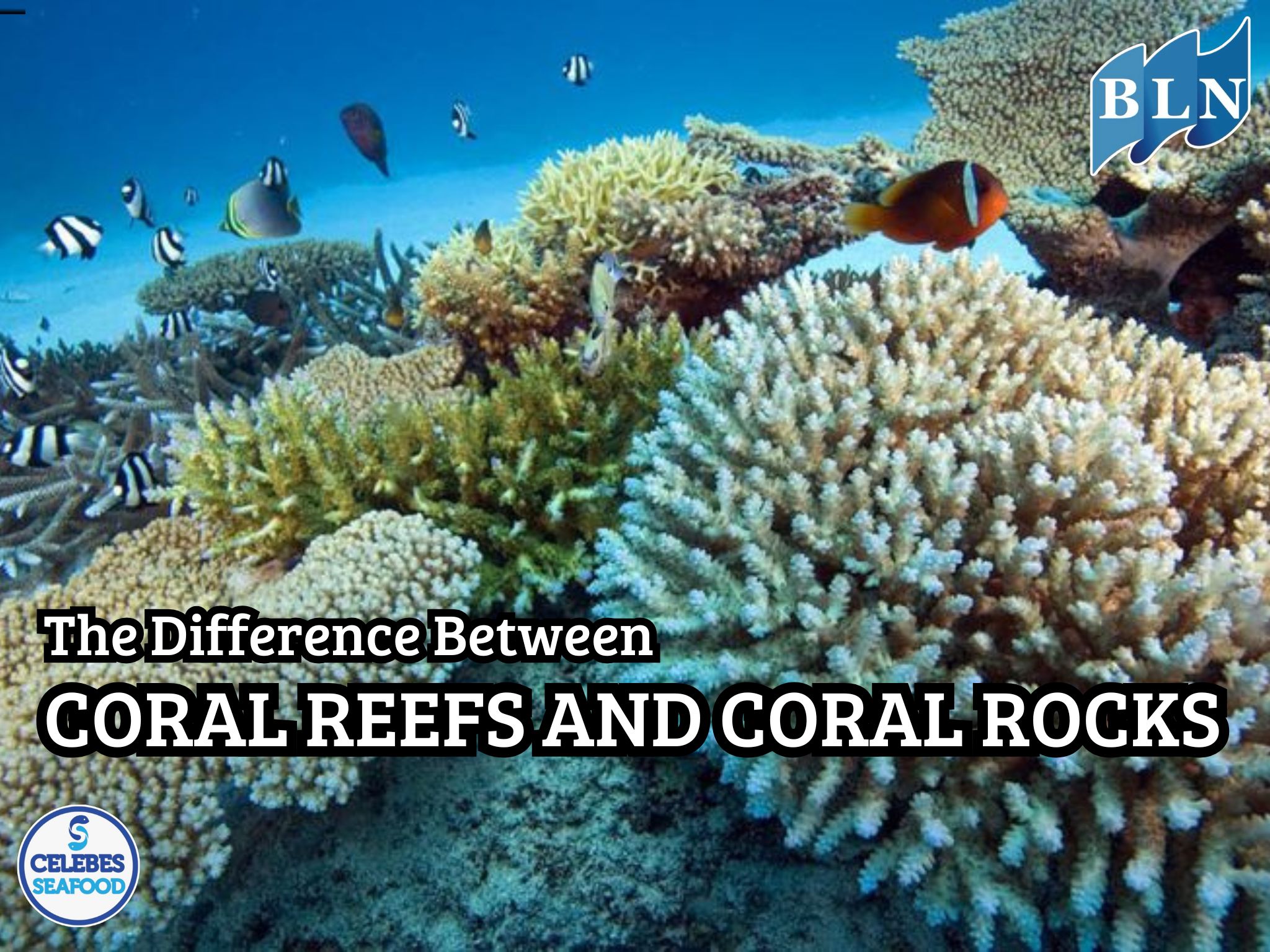
People often confuse coral reefs and coral rocks. Here are the fundamental differences between the two:
Coral Reef vs. Coral Rock
It's a great question! People often confuse coral reefs and coral rocks. Here are the fundamental differences between the two:
Coral Reef:
- Definition: A coral reef is a complex and dynamic underwater ecosystem, primarily built by the accumulation of calcium carbonate (CaCO3) secreted by coral animals (polyps) and calcareous algae.
- Main Components:
- Coral (Polyps): These are living organisms, specifically animals from the phylum Cnidaria (like jellyfish and anemones) that live in colonies. Stony corals (Scleractinia) are the most important type of coral in reef formation because they secrete hard calcium carbonate skeletons.
- Other Biota: Besides corals, coral reefs are also home to a wide variety of other organisms such as fish, mollusks, crustaceans, algae, and many more. They interact with each other within this ecosystem.
- Formation Process: Coral reefs grow through the accumulation of calcium carbonate skeletons from dead and living corals over thousands of years.
- Characteristics:
- A living biological structure that is constantly growing.
- Has high biodiversity, providing habitat for many marine species.
- Colorful due to pigments in the coral and symbiotic algae (zooxanthellae) within the coral tissues.
- Vulnerable to environmental changes such as water temperature, salinity, pollution, and sedimentation.
- Plays a crucial role in coastal protection from erosion and waves, as well as being a source of food and medicine.
Read Also : Seaweed to Tuna: Indonesia's Blue Gold Potential
Coral Rock:
- Definition: Coral rock is simply hard material that is the result of the calcium carbonate skeletons left behind by dead corals.
- Main Component: Primarily composed of calcium carbonate (CaCO3) in a solid form.
- Formation Process: Formed from the accumulation of dead coral skeletons that then harden into rock structures. This process can involve sedimentation and lithification (the hardening of sediments into rock).
- Characteristics:
- Inorganic material or the remains of dead biological organisms.
- Does not contain living organisms within it (except for organisms that may attach or live on its surface).
- Tends to be white or gray in color, depending on the mineral composition and any attached organisms.
- More stable and less vulnerable to environmental changes than living coral, although physical erosion can still occur.
- Can serve as a foundation or substrate for the growth of new corals and other marine organisms.
Simple Analogy:
Imagine a forest.
- A coral reef is like the forest itself: made up of trees (living corals), various other plants (algae), and a wide array of animals living within it (fish, crustaceans, etc.). The forest is a living and interacting ecosystem.
- Coral rock is like dead wood or tree fossils in the forest: the remains of organisms that once lived and were part of the forest structure, but are no longer alive. Dead wood becomes part of the physical environment of the forest.
If you are interested in our product KING FISH STEAK, WAHOO NATURAL CUT FILLET SKIN ON please do not hesitate to contact us through email and/or whatsapp.
